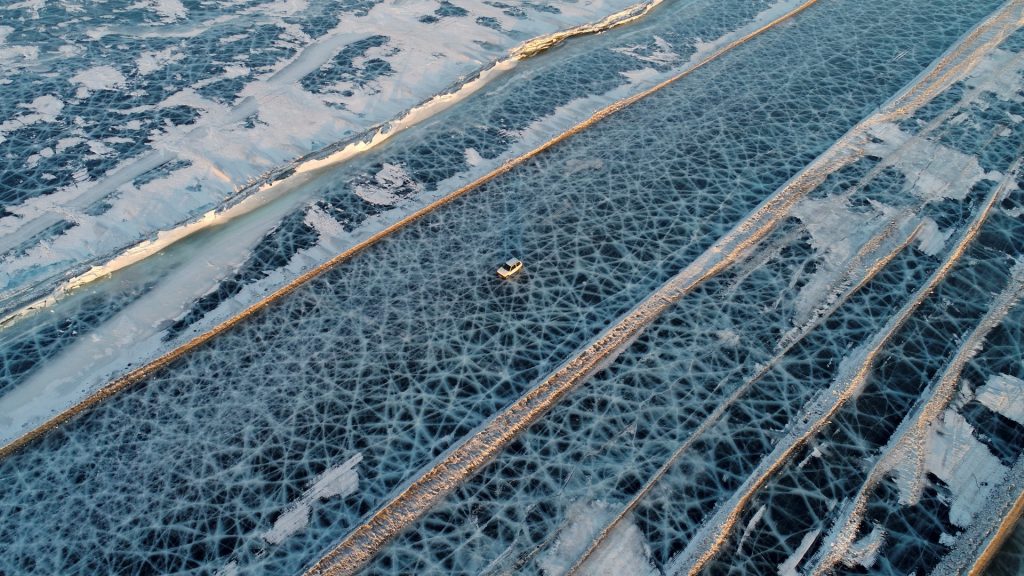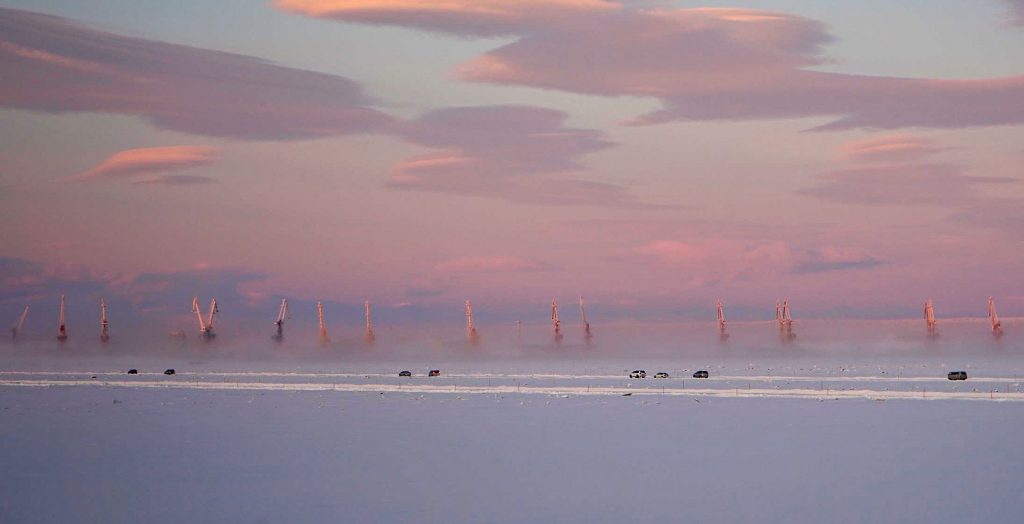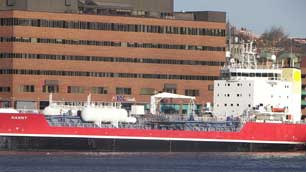Unprecedented early ice breakup in Russian Arctic highlights dramatic change

Thousands of tons of river ice are pushing through the Siberian waterway towards the Arctic Ocean almost two weeks earlier than normal.
Locals in Dudinka are preparing for this year’s spectacular show on the Yenisey. Every spring, the great Siberian river breaks up and pushes vast masses of ice down the flow towards the Arctic coast of the Kara Sea.
This year, the sight can be viewed earlier than anyone can remember.
According to local authorities, the break-up of the Yenisey in Dudinka is expected to unfold in the period 19-22 April. That is up to 12 days earlier than normal.
The edge of the powerful sliding river ice was on the 13th of May located 185 km south of the city. At the same time last year, the edge was as far away as 1,180 km.
The Yenisey has its origin in Mongolia and flows across Siberia all the way north to the Arctic Ocean.
Warm weather
The record-early break-up comes after an extraordinary warm winter and spring.
“In connection with the abnormally warm weather, the opening of the Yenisey and its side rivers is taking place extraordinarily early,” local hydrologist Igor Sukhov says in a comment. He believes the whole river will be free of ice by the 28-30th May.
Nuclear-powered icebreaker “Taymyr” has over the last days helped open ice in the area to facilitate the breakup.
The ice-break in Dudinka normally results a raise of the river up to 18 meters. This year, the situation could get even worse. According to the town administration, the river had by the 13th April already risen 8,3 meters.
Locals in parts of the town are being prepared to evacuate in case of an extreme situation.

Climate change
It is not only the Yenisey that has an abnormal ice situation. According to Roshydromet, the Russian meteorological service, a big number of the country’s major rivers are experiencing earlier than normal break-up of ice. That includes the Northern Dvina, the Pechora, and the Ob, the service informs in its climate report for 2019.
The trend comes on the backdrop of a significant increase in temperatures in the region. According to Roshydromet, the year 2019 had the warmest ever spring since measurements started in 1936.
Average spring temperatures in the Russian North, above of the 60th parallel, was that same year as much as 3,8 degrees Celsius higher than normal.
And temperature abnormalities were significant also during other parts of the year. For the whole of 2019, the average temperature in the Russian North, above the 60th parallel, was 2,8 degrees above normal. That makes 2019 the second warmest year on record.
Most extreme area
It is the north Ural region, including the area of the Yamal Peninsula and Gulf of Ob, which has the most dramatic increase in temperatures in the whole Arctic. According to Roshydromet, these areas have over the last 30 years had an average temperature increase as much as 1,58 degrees Celsius per decade.
Russia as such in the same period had an average increase of 0,47 degrees per decade, which is about twice as much as the global average.
Related stories from around the North:
Canada: Indigenous leaders in northwestern Canada declare climate emergency, CBC News
Finland: Precipitation levels in North Finland 1.5 –2 times higher than average, Eye on the Arctic
Greenland: Ice-free Arctic summers likely by 2050, even with climate action: study, Radio Canada International
Norway: Svalbard: Colder than normal for the first time in 10 years, The Independent Barents Observer
Russia: Russia is hotter than ever say meteorological organizations, The Independent Barents Observer
Sweden: January temperatures about 10°C above normal in parts of northern Sweden, says weather service, Radio Sweden
United States: Temperatures nearing all-time records in Southcentral Alaska, Alaska Public Media



